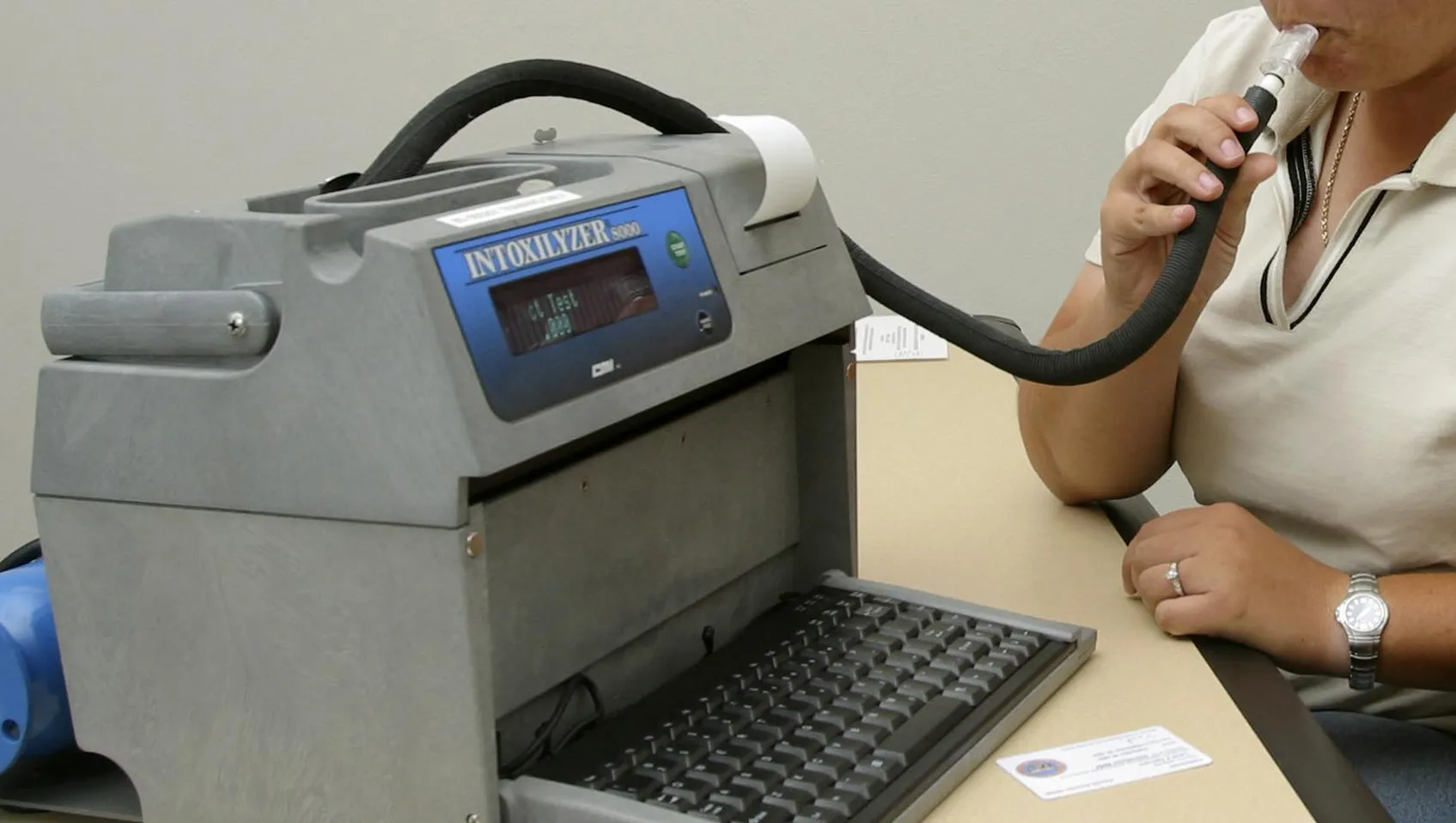Blood Alcohol Content, or BAC for short, is an important concept that everyone should be aware of. It is a measure of the amount of alcohol in a person’s bloodstream, expressed as a percentage of total blood volume. BAC is an important factor in determining a person’s level of intoxication and their ability to operate a motor vehicle or perform other activities safely.
BAC stands for Blood Alcohol Content, which is the measurement used to determine the amount of alcohol in a person’s bloodstream. The BAC measurement is expressed as a percentage of total blood volume, with higher percentages indicating higher levels of alcohol in the bloodstream. For example, a BAC of 0.10% means that there is 0.10 grams of alcohol per 100 milliliters of blood. Understanding BAC is essential for making informed decisions about drinking and its impact on our lives.
Table of Contents
Definition of BAC
Explanation of the term blood alcohol content
Blood alcohol content, or BAC, is the amount of alcohol in a person’s bloodstream. It is measured as a percentage of total blood volume, with higher percentages indicating higher levels of alcohol in the bloodstream. For example, a BAC of 0.10% means that there is 0.10 grams of alcohol per 100 milliliters of blood.
Significance of BAC in measuring alcohol consumption
BAC is an important measure of alcohol consumption because it directly relates to a person’s level of intoxication. The higher the BAC, the more impaired a person is likely to be. BAC can be used to determine if a person is legally drunk, and it is also used to monitor alcohol treatment programs. Knowing your BAC level can help you make informed decisions about drinking, such as deciding when it’s time to stop drinking or when it’s safe to drive.
It’s important to remember that BAC can be affected by various factors, including the amount of alcohol consumed, the speed of consumption, body weight, and other factors such as food intake and medications. This means that two people can have the same BAC level even if they have consumed different amounts of alcohol.
How BAC is Measured
Methods used to determine BAC levels
There are several methods used to determine BAC levels, including breathalyzers, blood tests, and urine tests. Breathalyzers are the most commonly used method for determining BAC levels, and they work by measuring the amount of alcohol in a person’s breath. Blood tests and urine tests are also used, but they are less common.
Factors that affect BAC levels
There are several factors that can affect BAC levels, including the amount of alcohol consumed, the speed of consumption, body weight, and other factors such as food intake and medications. It’s important to keep these factors in mind when trying to determine your BAC level.
For example, if you have consumed a large amount of alcohol in a short amount of time, your BAC level will be higher than if you had consumed the same amount of alcohol over a longer period of time. Body weight can also affect BAC levels, with lighter individuals having higher BAC levels for the same amount of alcohol consumed compared to heavier individuals.
It’s also important to keep in mind that alcohol can interact with other substances in your body, such as medication, and this can affect BAC levels. This is why it’s important to be aware of any medications you are taking and how they may interact with alcohol.

Legal Implications of BAC
BAC limit for driving:
In most countries, there is a legal limit for BAC when it comes to driving. This limit is established to ensure that drivers are not impaired while operating a vehicle, which can put themselves and others at risk. The legal BAC limit for driving varies by country, but in many countries it is set at 0.08%. This means that if a driver’s BAC level is 0.08% or higher, they are considered legally drunk and are at risk of facing legal consequences.
Consequences of violating BAC limits:
If a driver is found to have a BAC level above the legal limit, they may face serious consequences, including fines, jail time, and license suspension. In addition, a person with a high BAC level is at increased risk of being involved in a motor vehicle accident, which can result in serious injury or death.
It’s important to understand the legal implications of BAC and to always make responsible decisions about drinking and driving. If you are going to be drinking, it’s always best to find a designated driver or alternative means of transportation.
Effects of Alcohol on the Body
Physical and cognitive effects
Alcohol has a number of physical and cognitive effects on the body, including impaired coordination, decreased reaction time, and impaired judgment. These effects can make it difficult to perform everyday tasks, such as driving or operating machinery, and can increase the risk of injury. Alcohol can also cause slurred speech, blurred vision, and confusion.
How BAC levels impact these effects:
The effects of alcohol on the body are directly related to BAC levels. As BAC levels increase, so do the physical and cognitive effects of alcohol. For example, at a BAC level of 0.05%, a person may experience some mild impairments in coordination and judgment, while at a BAC level of 0.08% or higher, the effects are much more pronounced and can include serious impairments in judgment and coordination.
It’s important to understand the relationship between BAC levels and the effects of alcohol on the body, as this can help you make informed decisions about drinking. For example, if you know that your BAC level will be above the legal limit for driving, it’s best to find alternative transportation.

Meds is an attorney currently residing on the East Coast, where he practices law. While his primary focus lies in criminal law, he also has experience in family and personal injury law. His legal background enables him to navigate a variety of legal challenges and provide comprehensive assistance to his clients.





